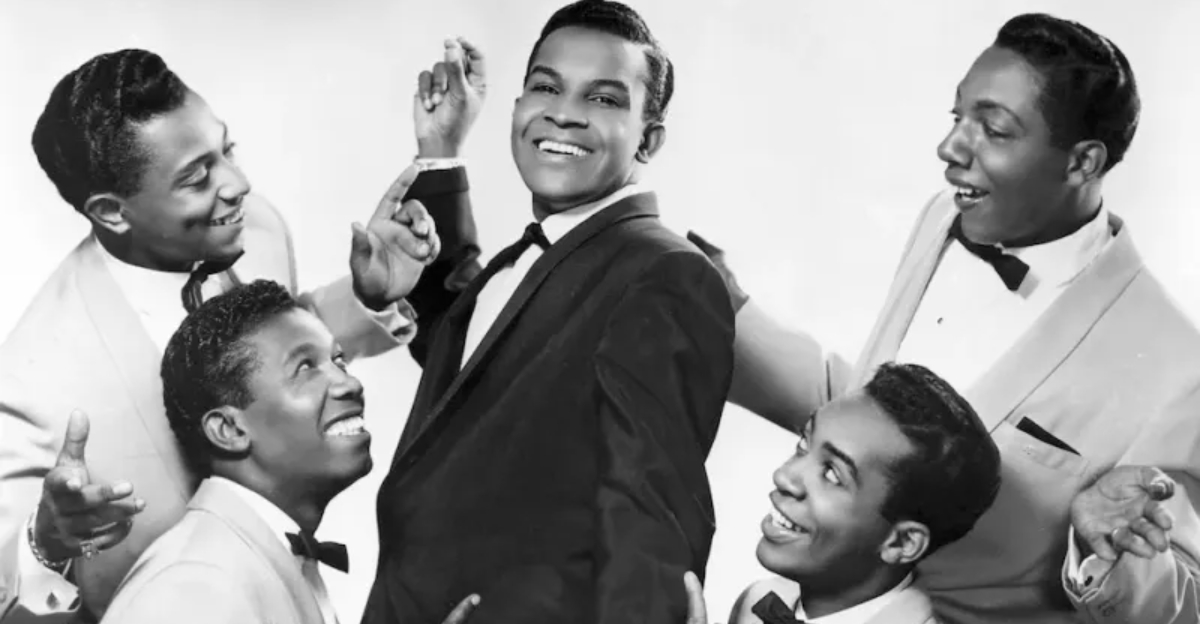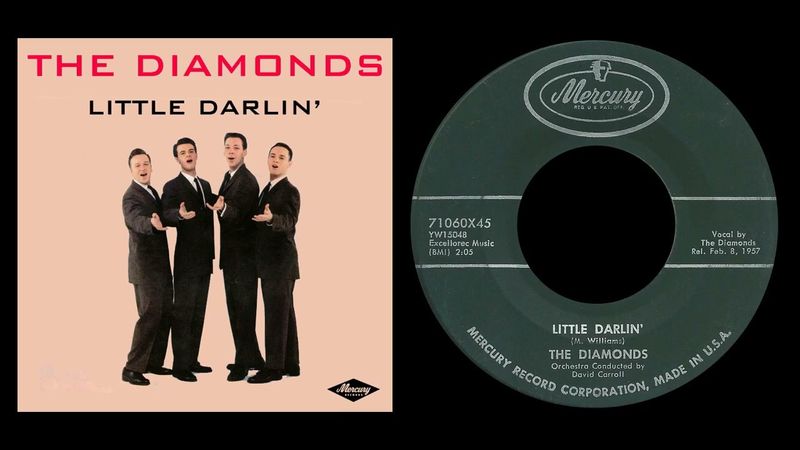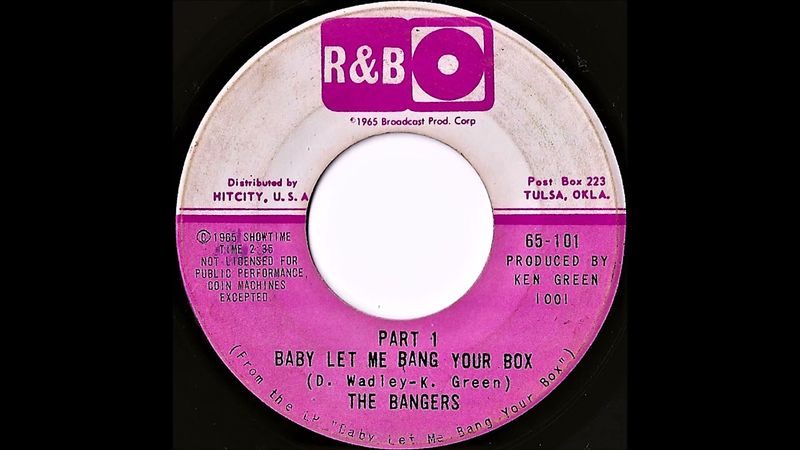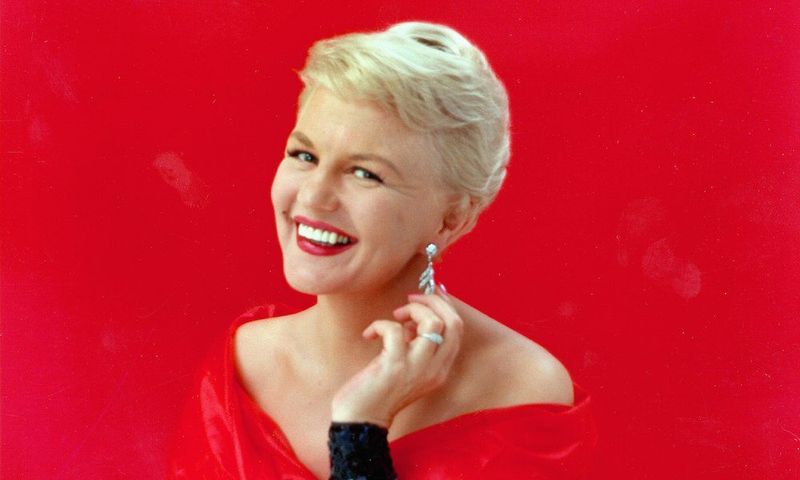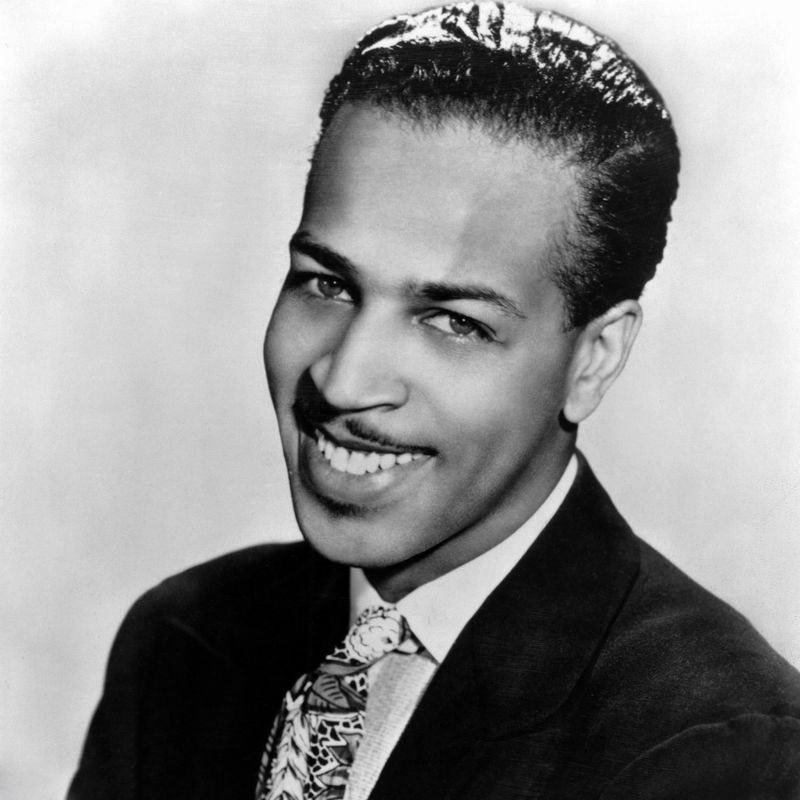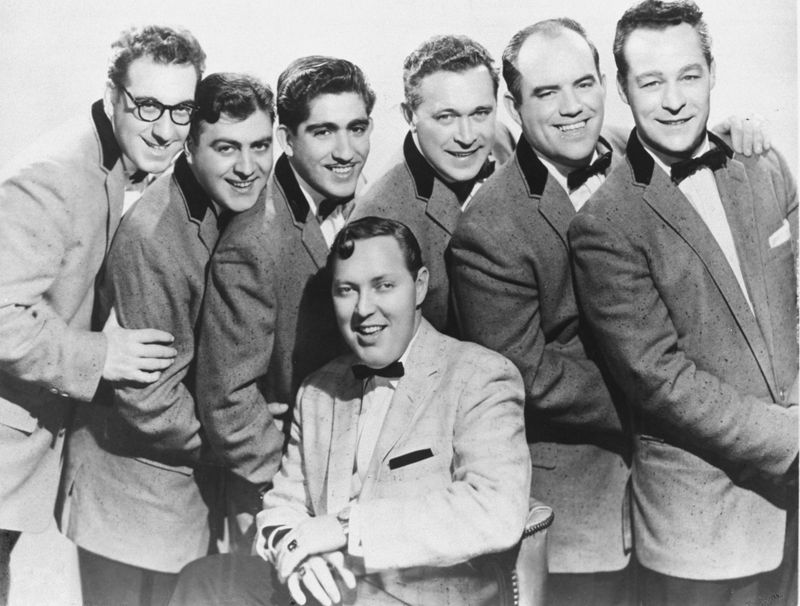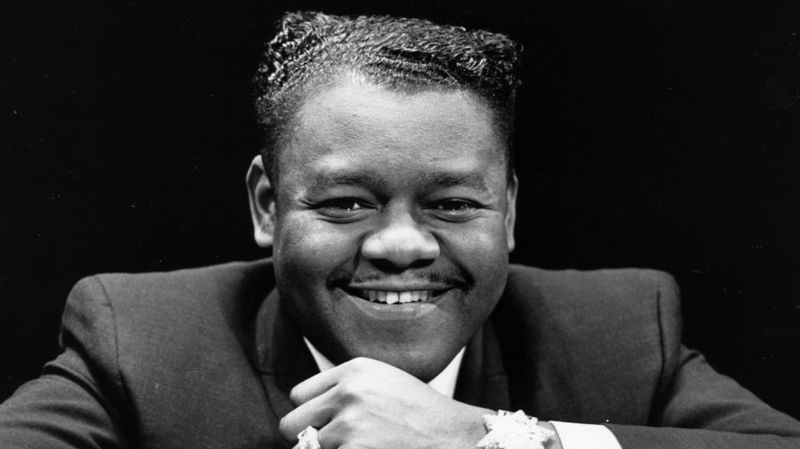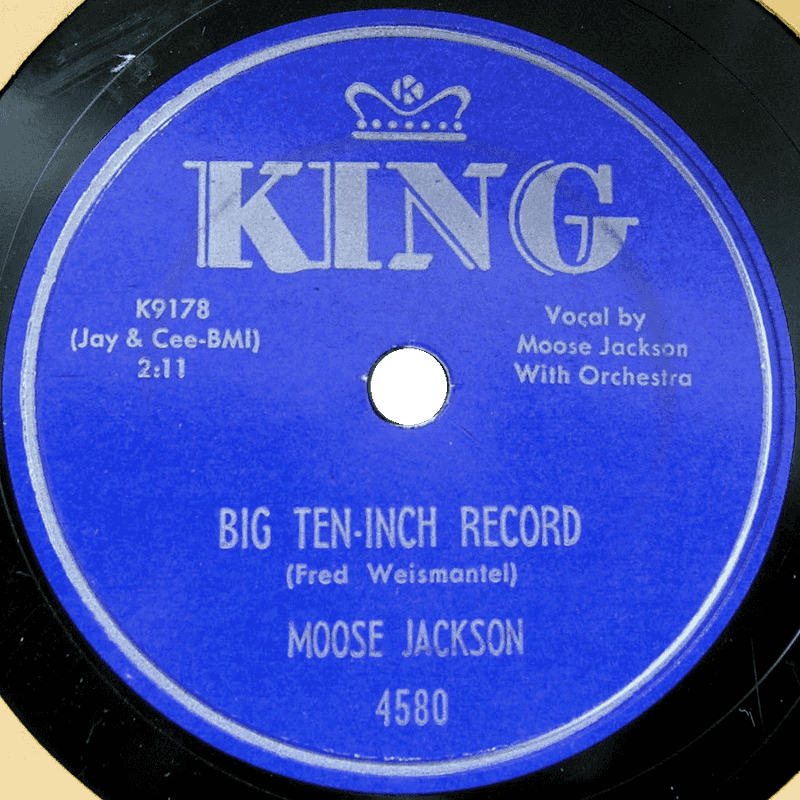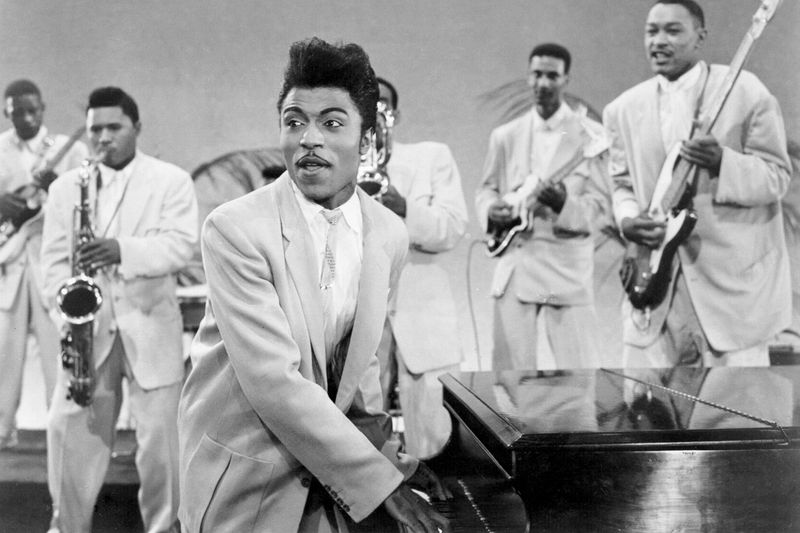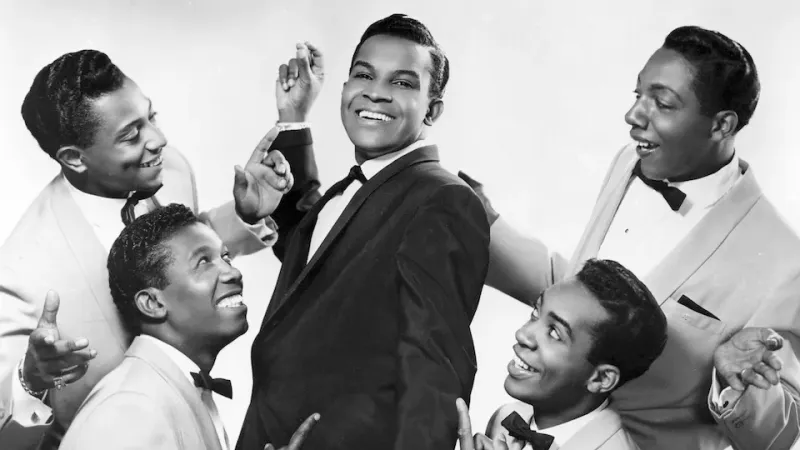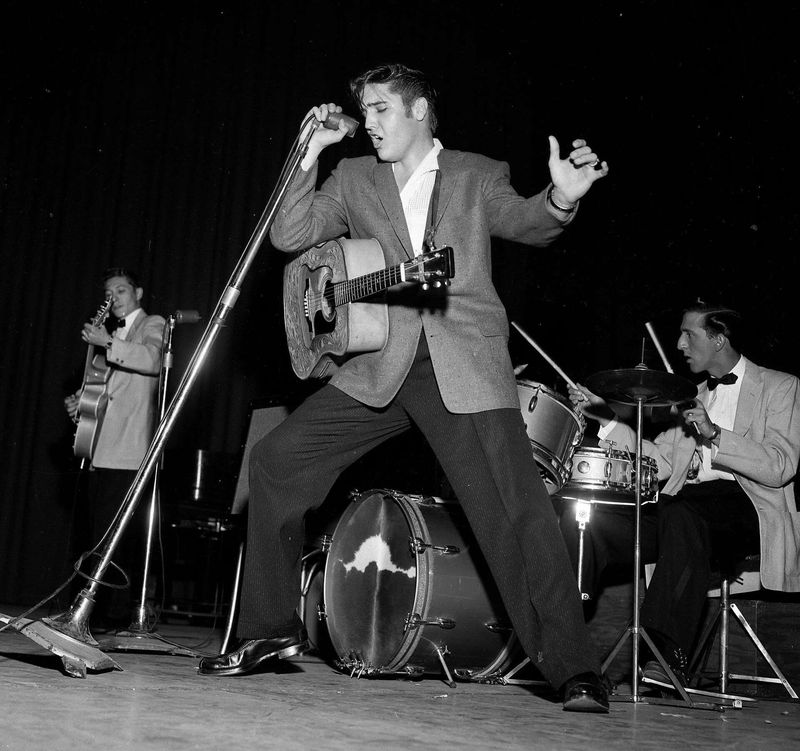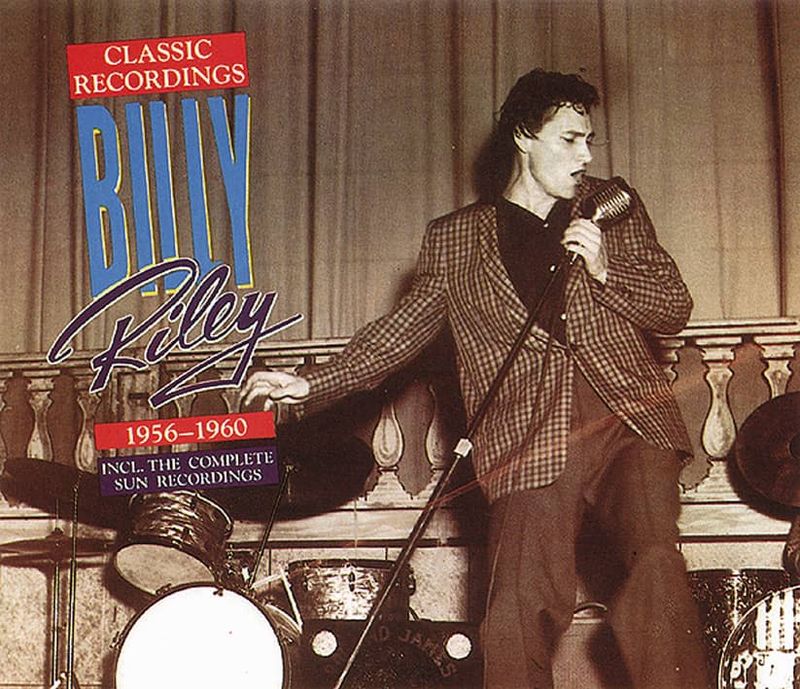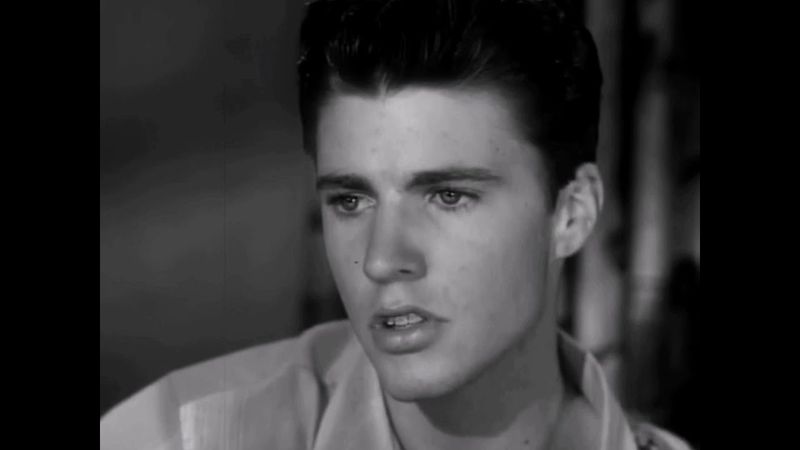The 1950s are often remembered as a time of innocence—sock hops, poodle skirts, and clean-cut crooners. But beneath all that sugar and swing, the music scene was buzzing with lyrics that flirted with the forbidden. Whether through clever wordplay or subtle innuendo, these chart-toppers snuck a little spice into the airwaves. Here are 17 pop songs from the ’50s that were way more risqué than they first seemed.
1. “Little Darlin’” – The Diamonds (1957)
The beat may be sweet, but the longing in this tune is anything but innocent. With its rhythmic claps and catchy refrain, “Little Darlin'” captures the era’s essence. Yet, beneath the charming exterior lies a yearning that’s palpable. This song, famously performed by The Diamonds, became a hit in 1957. Its popularity was driven by its playful melody, which cleverly masked the deeper emotional undercurrents. The repetition of ‘my darling’ evokes a sense of persistent desire. Such subtle depth wasn’t always recognized by its listeners, making it a quintessential example of the risqué nature of ’50s pop.
2. “Baby, Let Me Ban* Your Box” – Doug Clark and the Hot Nuts (1950s)
Not exactly subtle. This novelty hit used double entendre to turn heads and raise eyebrows. Doug Clark and the Hot Nuts, known for their cheeky performances, delivered a song that was as much about humor as it was about innuendo. The title alone was enough to cause a stir among conservative audiences. Its playful lyrics and upbeat tempo masked the risqué undertones that were unmistakable to those who listened closely. Despite—or perhaps because of—its suggestive nature, the song gained a following in college circuits, making it both controversial and beloved in its own right.
3. “Work With Me, Annie” – Hank Ballard & The Midnighters (1954)
This suggestive R&B classic was so controversial, many radio stations refused to play it. Hank Ballard & The Midnighters crafted a tune that was both catchy and provocative. The repetitive plea in the song suggested more than just a dance partnership. Despite—or perhaps due to—its suggestive nature, it became a major hit, indicative of the shifting cultural norms of the time. The song’s legacy continued, inspiring sequels and cover versions. Its success demonstrated the power of music to challenge societal boundaries while captivating audiences. “Work With Me, Annie” remains a standout example of ’50s musical boldness.
4. “Fever” – Peggy Lee (1958)
A sultry vocal delivery and lyrics dripping with tension made this a bedroom anthem in disguise. Peggy Lee’s “Fever” is synonymous with sensual sophistication. Her smooth, evocative voice transformed the song into an exploration of desire and attraction. The minimalist arrangement, featuring finger snaps and a steady bass line, amplified the seductive vibe. Critically acclaimed, it became a defining track of the era, showcasing Lee’s unique ability to convey emotion and allure with subtlety and grace. “Fever” remains an enduring symbol of the power of suggestion in music, captivating listeners through its quiet intensity.
5. “Good Rockin’ Tonight” – Wynonie Harris (1953)
“Rockin’” didn’t always mean dancing—especially when Wynonie was singing it. Wynonie Harris gave life to “Good Rockin’ Tonight” with an electrifying performance and a voice that demanded attention. Beneath the upbeat tempo and lively rhythm was a narrative of excitement that suggested more than simple revelry. The song’s infectious energy made it a staple of the dance halls, while its underlying insinuations hinted at deeper, more intimate gatherings. Harris’s dynamic delivery and the song’s rebellious edge helped pave the way for the rock and roll revolution, shaking up norms and igniting a cultural shift.
6. “Burn That Candle” – Bill Haley & His Comets (1955)
On the surface it’s about partying, but listen close and you’ll catch the late-night implications. Bill Haley & His Comets infused “Burn That Candle” with an energy that was infectious. The lyrics hinted at nocturnal adventures that went beyond mere partying. Known for his role in pioneering rock and roll, Haley delivered the song with a fervor that captured youthful rebellion. The track’s playful yet suggestive lyrics contributed to its lasting appeal, resonating with audiences eager for new expressions of freedom and fun. “Burn That Candle” stands as a testament to the era’s shifting boundaries in music and culture.
7. “Ain’t That a Shame” – Fats Domino (1955)
His delivery was smooth, but the heartbreak and emotional vulnerability had a sensual edge. Fats Domino’s “Ain’t That a Shame” transcended its simple structure with a heartfelt performance that resonated deeply. The song’s emotional intensity was wrapped in a catchy, melodic package, making it accessible yet profound. Domino’s ability to convey deep feeling without overt expressions of sentimentality was a hallmark of his style. This track, while seemingly straightforward, hinted at complex emotions beneath its polished surface, capturing the bittersweet nature of love and longing in a way that was both relatable and gently provocative.
8. “The Wallflower” – Etta James (1955)
Better known as “Roll With Me Henry,” this hit was packed with coded seduction. Etta James injected “The Wallflower” with an energy that was both youthful and knowing. The song’s lyrics, wrapped in playful metaphors, suggested more than just a dance. James’s powerful voice and charismatic delivery made it a standout in the R&B genre, challenging norms with its bold undertones. The track quickly gained popularity, illustrating the power of music to convey messages that went beyond the surface. “The Wallflower” remains a symbol of youthful defiance and the allure of hidden meanings in ’50s music.
9. “Big Ten Inch Record” – Bull Moose Jackson (1952)
What sounds like a song about vinyl… isn’t. This tongue-in-cheek track pushed boundaries with humor. Bull Moose Jackson cleverly used double entendres in “Big Ten Inch Record,” crafting a song that was both entertaining and risqué. The lyrics playfully skirted around themes that were typically considered taboo, using humor as a tool to soften the blow. The track’s catchy rhythm and clever wordplay made it memorable, leaving listeners amused and intrigued. Jackson’s ability to balance humor with suggestiveness highlighted his unique place in music history, providing a lighthearted yet daring take on the era’s musical landscape.
10. “Rip It Up” – Little Richard (1956)
Little Richard’s energy, paired with suggestive lyrics, made this a wild ride of hidden meaning. “Rip It Up” was more than just a rock and roll anthem—it was a declaration of youthful exuberance and rebellion. Little Richard’s charismatic performance and powerful voice brought the song to life, capturing the spirit of a generation eager to break free from conventions. The playful yet provocative lyrics hinted at a night filled with more than just dancing. This track, with its infectious rhythm and bold undertones, became a symbol of the era’s burgeoning rock and roll movement, challenging boundaries with flair.
11. “Sixty Minute Man” – Billy Ward and His Dominoes (1951)
Boasting about bedroom stamina, this song was far from subtle—and way ahead of its time. Billy Ward and His Dominoes delivered “Sixty Minute Man” with an audacity that was both shocking and captivating. The lyrics, brimming with bravado, spoke directly to adult themes that were usually left unsaid in mainstream music. Despite—or because of—its controversial content, it became a hit, marking a bold departure from the era’s typical love songs. Its boldness resonated in both R&B and pop circles, earning it a place in music history as a daring precursor to more explicit lyrical content.
12. “One Mint Julep” – The Clovers (1952)
It starts with a cocktail and ends with an unexpected child—talk about a plot twist. The Clovers’ “One Mint Julep” uses humor and narrative to engage listeners in a tale of unintended consequences. The song’s catchy tune and clever storytelling hide a deeper commentary on the unpredictability of life’s choices. The playful lyrics and upbeat rhythm make it an enduring favorite, while the underlying theme adds a layer of complexity that resonates with audiences. As an exploration of cause and effect, “One Mint Julep” cleverly intertwines entertainment with subtle lessons, making it a standout in ’50s music.
13. “Honey Love” – The Drifters (1954)
So steamy it was banned in some cities, this track didn’t hold back on passion. The Drifters’ “Honey Love” was a testament to the power of music to evoke deep emotions and stir controversy. The song’s rich harmonies and evocative lyrics painted a picture of intense longing and desire. Its candid expression of love and attraction pushed the boundaries of what was deemed acceptable at the time. Despite—or perhaps because of—its forbidden nature, “Honey Love” resonated with audiences, becoming a cherished classic. Its boldness and emotional depth left a lasting impact on the music landscape.
14. “All Shook Up” – Elvis Presley (1957)
With hips that scandalized a nation, Elvis delivered more than just catchy rhymes here. “All Shook Up” was a revelation in the music world, combining Elvis Presley’s magnetic charisma with a rhythm that was impossible to resist. The song’s lyrics, while seemingly simple, captured the essence of youthful excitement and physical attraction. Elvis’s performance style, filled with energy and suggestiveness, pushed the cultural envelope, making audiences both intrigued and shocked. This track, with its infectious beat and daring undertones, played a significant role in the rock and roll revolution, redefining popular music and cultural norms.
15. “Let’s Do It (Let’s Fall in Love)” – Eartha Kitt (1954 version)
Witty and playful, this Cole Porter classic took on new levels of flirtation in Kitt’s voice. Eartha Kitt infused “Let’s Do It (Let’s Fall in Love)” with a unique blend of sophistication and mischief, transforming it into a highlight of her performance repertoire. Her sultry interpretation added a layer of allure to the song’s clever wordplay, captivating audiences with charm and wit. The playful lyrics, combined with Kitt’s magnetic presence, elevated the song to new heights, showcasing her ability to enchant listeners effortlessly. This version became a definitive statement of style and charisma in ’50s music.
16. “Red Hot” – Billy Lee Riley (1957)
Packed with rebellious energy and suggestive flair, it was a teenage anthem of desire. Billy Lee Riley’s “Red Hot” captured the spirit of a generation eager for excitement and change. The song’s driving rhythm and provocative lyrics challenged the status quo, offering a glimpse into the burgeoning rockabilly movement. Riley’s fiery performance style and the track’s raw intensity made it both a musical standout and a cultural statement. “Red Hot” resonated with young listeners, embodying the thrill of rebellion and the allure of the new and daring. It remains an emblem of youthful defiance and passion in music.
17. “Be-Bop Baby” – Ricky Nelson (1957)
Catchy and clean on the surface, but the teen romance trope was filled with grown-up undertones. Ricky Nelson’s “Be-Bop Baby” charmed audiences with its upbeat melody and innocent facade. Yet, beneath its polished exterior lay themes of youthful longing and the complexities of young love. Nelson’s smooth vocals and the song’s catchy rhythm made it a favorite among his fans, resonating with teenagers navigating the emotional highs and lows of adolescence. The track, while seemingly simple, hinted at the deeper intricacies of relationships, capturing the essence of a time when music subtly mirrored the changing social landscape.
